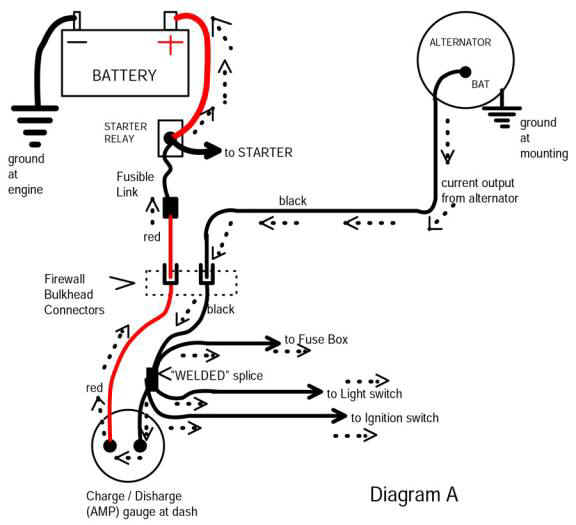GJUK
Well-Known Member
Hi guys
my 1968 dodge dart has no headlights.
I have checked the fuse box which appears fine, the side inner lights come on but nothing on the dipped setting when I pull the knob out.
the side lights go off when it is in fully dipped mode. the rear lights are on just not the front dipped.
Any ideas please on cable colours to trace back, or common areas where to check?
The bulbs look fine.
Thanks,
Jon
my 1968 dodge dart has no headlights.
I have checked the fuse box which appears fine, the side inner lights come on but nothing on the dipped setting when I pull the knob out.
the side lights go off when it is in fully dipped mode. the rear lights are on just not the front dipped.
Any ideas please on cable colours to trace back, or common areas where to check?
The bulbs look fine.
Thanks,
Jon


















